
Mixed Knowledge Quiz
Difficulty : Medium Get 6/10 correct to pass the quiz
Question 1 of 10
What is the correct spelling for part of a car?
Question 2 of 10
What are the "C's" used to assess the cost of a diamond?
Advertisement
Question 3 of 10
What is the Tour de France?
Question 4 of 10
What type of geography is the land of Afghanistan?
Question 5 of 10
If you are dealt a Blackjack, what did you get?
Question 6 of 10
Which girl group were formed to provide backing vocals for Ray Charles?
Question 7 of 10
For which instrument did the composer Chopin predominantly write?
Advertisement
Question 8 of 10
Which movie is from the 1950s?
Question 9 of 10
What follows "Now if you feel that you can't go on"?
Question 10 of 10
Which female singer starred in the movie 'White Christmas'?
Advertisement

MORE QUIZZES
General Trivia Quiz
How many correct answers will you get?
How many correct answers will you get?

Mixed Trivia Quiz
8/10 will only happen if youre a genius!
8/10 will only happen if youre a genius!

General Knowledge For Trivia
How many correct will you get?
How many correct will you get?

General Trivia IQ challenge
Is your IQ high enough for these questions?
Is your IQ high enough for these questions?

Trivia Quiz
10 questions
10 questions

Mixed Knowledge Quiz
How many of them will you answer correctly?
How many of them will you answer correctly?

History Quiz (10 questions)
Let me know your score in the comments
Let me know your score in the comments

Brainy Trivia Quiz
10 questions in mixed categories
10 questions in mixed categories

Mixed Trivia Quiz
10 mixed genereal questions
10 mixed genereal questions

Advertisement
History Trivia Quiz
10 hard questions
10 hard questions

General Trivia Quiz (10 fun
Try out this fun quick quiz
Try out this fun quick quiz

World History Trivia Quiz
10 mixed questions
10 mixed questions

Quiz on Songs from the 1960s
10 mixed questions
10 mixed questions

Trivia quiz suitable for all
What will be the level of your score?
What will be the level of your score?
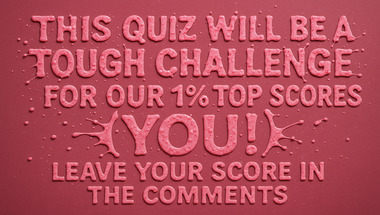
Trivia Quiz for everyone
What did you score?
What did you score?

Quiz on General Trivia
10 trivia questions covering a range of categ..
10 trivia questions covering a range of categ..

General Trivia Challenge
10 random questions
10 random questions

Greenwich is located on whic
And 10 more questions
And 10 more questions

Advertisement
Trivia Quiz
How many correct will you get?
How many correct will you get?

Food & Cooking Quiz
10 questions
10 questions

Quiz About Capital Cities
10 questions to test your knowledge
10 questions to test your knowledge

Music Quiz
10 questions
10 questions

10 trivia questions
Knowledge Quiz
Knowledge Quiz
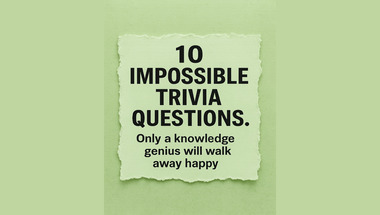
General Trivia Quiz
Level : VERY DIFFICULT
Level : VERY DIFFICULT

Trivia Quiz for everybody
Post your score in the comments!
Post your score in the comments!

Quiz : We tell you the 1960s
10 bands to guess
10 bands to guess
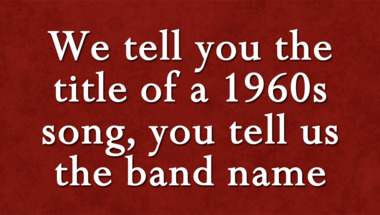
History Quiz for the curious
10 trivia questions for everyone
10 trivia questions for everyone
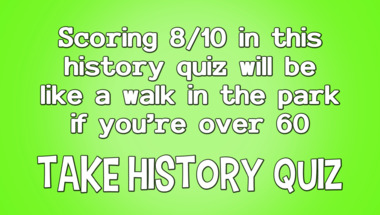
Advertisement
Trivia quiz for clever owls
10 questions in different categories
10 questions in different categories

Mixed knowledge questions
How many question can you answer correctly?
How many question can you answer correctly?

Can you answer these 10 ques
The category is a secret.. ;)
The category is a secret.. ;)

General Trivia Quiz
Let's hear your result in the comments
Let's hear your result in the comments

1960s Song Quiz
How many songs do you know?
How many songs do you know?

Trivia Quiz
Are you smart enough for this one?
Are you smart enough for this one?

General Trivia Challenge
10 random questions
10 random questions

Trivia quiz for geniuses
How many correct will you get?
How many correct will you get?
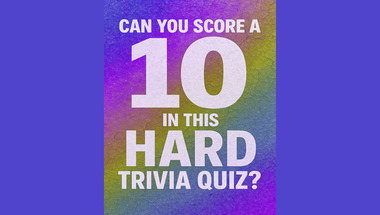
Brainy Trivia Quiz
Are you ready?
Are you ready?

Advertisement
General Trivia IQ challenge
10 mixed trivia questions
10 mixed trivia questions

Quiz on General Trivia
10 general trivia questions from various cate..
10 general trivia questions from various cate..
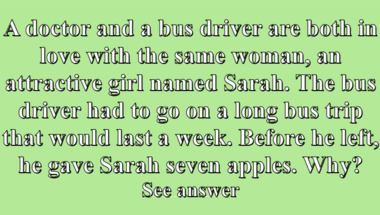
General Knowledge Quiz (10 q
Mixed category quiz
Mixed category quiz

General trivia quiz
Are you up for a quiz?
Are you up for a quiz?

Quite hard quiz with 10 triv
Click here to take the quiz
Click here to take the quiz
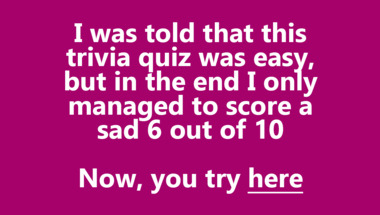
Science & Nature quiz for ex
10 questions to test your knowledge
10 questions to test your knowledge

General Trivia Quiz
10 mixed
10 mixed

10 hard trivia questions
Mixed Knowledge quiz
Mixed Knowledge quiz

10 tough trivia questions
Let me know your score
Let me know your score

Advertisement
1973 song quiz
How many correct will you get?
How many correct will you get?

General Trivia Quiz
10 mixed general trivia questions
10 mixed general trivia questions

10-Question Culinary Challen
How many can you ace in this 10-question food..
How many can you ace in this 10-question food..
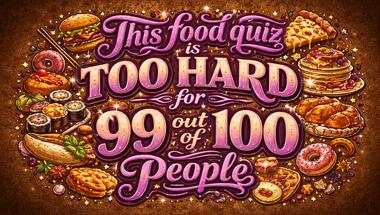
General trivia quiz
10 questions in mixed themes
10 questions in mixed themes

Geography Trivia Quiz
Let's see how smart you really are!
Let's see how smart you really are!

Spelling Quiz
10 mixed questions
10 mixed questions

A quiz about the songs lyric
Let me know your score in the comments
Let me know your score in the comments

Quiz : Which cars did we dri
90% will fail most of these questions
90% will fail most of these questions
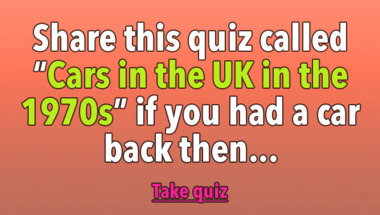
Geography Quiz
How high can you score?
How high can you score?

Advertisement
General Trivia Quiz
Level : VERY DIFFICULT
Level : VERY DIFFICULT

History Trivia Quiz (10 ques
Come, let us play!
Come, let us play!

World Geography Quiz
Let us know your score in the comment section
Let us know your score in the comment section
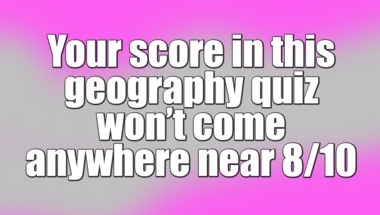
Fresh trivia quiz
10 mixed questions for you to have fun with
10 mixed questions for you to have fun with

True or False Sports Trivia
10 questions to test your knowledge
10 questions to test your knowledge

Food & Cooking Trivia Quiz
10 questions to eat
10 questions to eat

A quiz for home cooks and fo
10 mixed questions to challenge your knowledg..
10 mixed questions to challenge your knowledg..

Movie quiz for movie fans
10 hot questions
10 hot questions

Grammar and words quiz
How many correct will you get?
How many correct will you get?

Advertisement
Moron test
Will this trivia quiz expose your inner moron..
Will this trivia quiz expose your inner moron..

Grammar and words quiz
How smart are you really?
How smart are you really?

Latin Words Quiz For Experts
Will you also fail?
Will you also fail?

Quiz on General Trivia
10 assorted questions
10 assorted questions

Geography Trivia Quiz: Test
10 world-related questions
10 world-related questions

Groovy 70s Song Quiz: 10 Fun
How many right answers can you score?
How many right answers can you score?

10 knowledge questions
Let me know your score in the comments
Let me know your score in the comments

Trivia Quiz : Genius Level
How many correct will you get?
How many correct will you get?

General Knowledge For Trivia
10 questions to test your knowledge
10 questions to test your knowledge

Advertisement
Mixed Knowledge Quiz
10 mixed questions
10 mixed questions

Music Quiz
How high can you score?
How high can you score?

Who sang these 10 famous pop
See if this quiz let you sing along!
See if this quiz let you sing along!

1960s song quiz
10 songs to guess
10 songs to guess

Food Quiz
10 questions to test your knowledge
10 questions to test your knowledge

General Trivia Quiz
How many correct answers will you get?
How many correct answers will you get?

Spelling Quiz
How many correct will you get?
How many correct will you get?

Movie Quiz
You WILL fail 50% of these questions
You WILL fail 50% of these questions

Impossible general knowledge
10 questions in mixed categories
10 questions in mixed categories

Advertisement
Who sang these 10 famous son
10 songs to guess
10 songs to guess

Einstein level trivia quiz
10 high IQ knowledge questions
10 high IQ knowledge questions

World Geography Quiz
Let us see you find your way around this quiz..
Let us see you find your way around this quiz..

10 trivia questions in one f
How high will your score be?
How high will your score be?

General Trivia Quiz
10 questions to test your knowledge
10 questions to test your knowledge
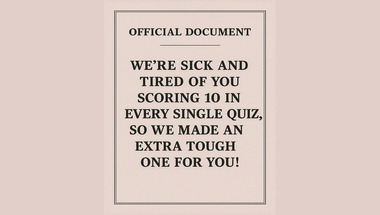
General Knowledge Quiz (10 q
Mixed category quiz
Mixed category quiz

World History Trivia Quiz fo
10 mixed up history questions
10 mixed up history questions
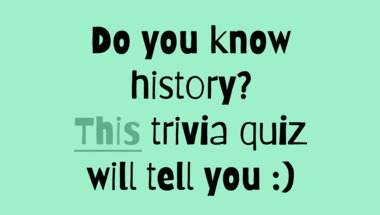
Quiz about words and definit
10 mixed questions
10 mixed questions

Quiz of miscellaneous facts
10 trivia questions covering different catego..
10 trivia questions covering different catego..

Advertisement
60s Song Quiz
10 songs to guess
10 songs to guess

1960s Song Quiz
10 songs to guess
10 songs to guess

Trivia IQ challenge for ever
10 questions to measure your knowledge
10 questions to measure your knowledge

Mixed trivia quiz
10 mixed up questions
10 mixed up questions

10 general trivia questions
How much do you know?
How much do you know?
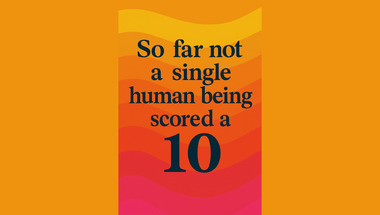
1960s Song Quiz
How many songs do you know?
How many songs do you know?
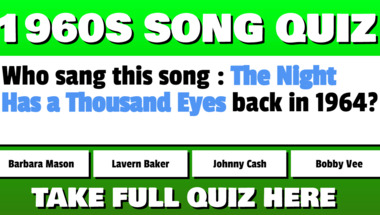
Trivia quiz with 10 fun ques
Are you going to give up?
Are you going to give up?

Trivia Quiz for smart people
10 questions to test your knowledge
10 questions to test your knowledge

General Trivia Quiz
10 mixed questions
10 mixed questions

Advertisement
10-question general knowledg
How many questions will you ace in this 10-qu..
How many questions will you ace in this 10-qu..

World Geography Quiz
Where have you been?
Where have you been?

History Quiz (Medium Difficu
Can you answer 7/10 of these questions?
Can you answer 7/10 of these questions?

Science Quiz
Reload quiz for new questions
Reload quiz for new questions

Take this general trivia qui
by clicking here
by clicking here

Trivia Quiz
10 fun questions
10 fun questions
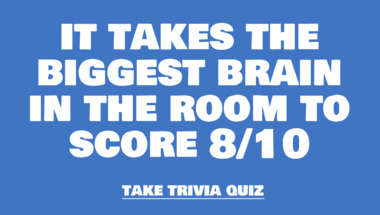
1950s Song Quiz
10 songs to guess
10 songs to guess

Trivia Quiz : Can you score
We mixed up 10 good questions here
We mixed up 10 good questions here

Trivia quiz for people over
We mixed up 10 good questions here
We mixed up 10 good questions here

Advertisement
Science & Animal Trivia Quiz
Tell us your result in the comments
Tell us your result in the comments

1962 Song Quiz
Can you guess these 10 singers/bands?
Can you guess these 10 singers/bands?
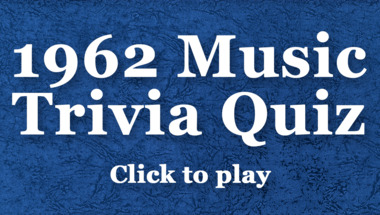
Amazing Trivia Quiz
10 hot questions
10 hot questions

1960s Song Quiz
How many songs do you know?
How many songs do you know?
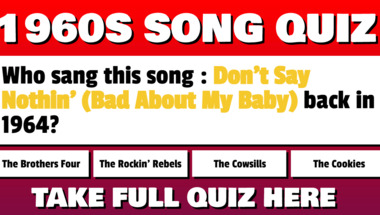
Canadian History Quiz
10 questions to test your knowledge
10 questions to test your knowledge

10 general trivia questions
A quiz for everyone
A quiz for everyone

Trivia Smart Quiz
10 Smart Questions
10 Smart Questions

Medicine Quiz
10 questions
10 questions

General Knowledge For Trivia
How many of them will you answer correctly?
How many of them will you answer correctly?

Advertisement
10-question challenge: Test
How many questions will you ace in this 10-qu..
How many questions will you ace in this 10-qu..

General trivia quiz
How smart are you really?
How smart are you really?

Trivia Quiz for smart people
10 mixed up questions in a range of categorie..
10 mixed up questions in a range of categorie..
